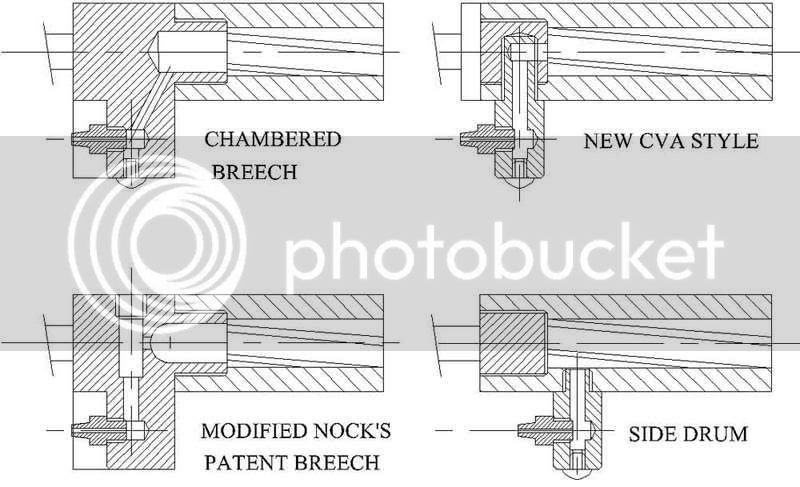I just acquired my first flint -- T/C Hawken. Supposedly it has never been fired. Signs suggest this to be true. It was put together from a kit by a "gunsmith". 2 questions.
1) How do I remove the lock? I have taken out the opposite side screw and the lock still seems tight -- maybe finish from the stock?
2) Also, I have been swabbing the barrel with BP Bore Cleaning Solvent that I got from Track of the Wolf. Patches come out clean. However, when I pass a brass brush followed by a clean patch, I get a not-so-clean patch. If I put a little gun oil on a patch, this also yields a non-clean patch. I have put many patches through the barrel. Should I resort to a hot water flush?
Thanks for any help or suggestions
1) How do I remove the lock? I have taken out the opposite side screw and the lock still seems tight -- maybe finish from the stock?
2) Also, I have been swabbing the barrel with BP Bore Cleaning Solvent that I got from Track of the Wolf. Patches come out clean. However, when I pass a brass brush followed by a clean patch, I get a not-so-clean patch. If I put a little gun oil on a patch, this also yields a non-clean patch. I have put many patches through the barrel. Should I resort to a hot water flush?
Thanks for any help or suggestions






